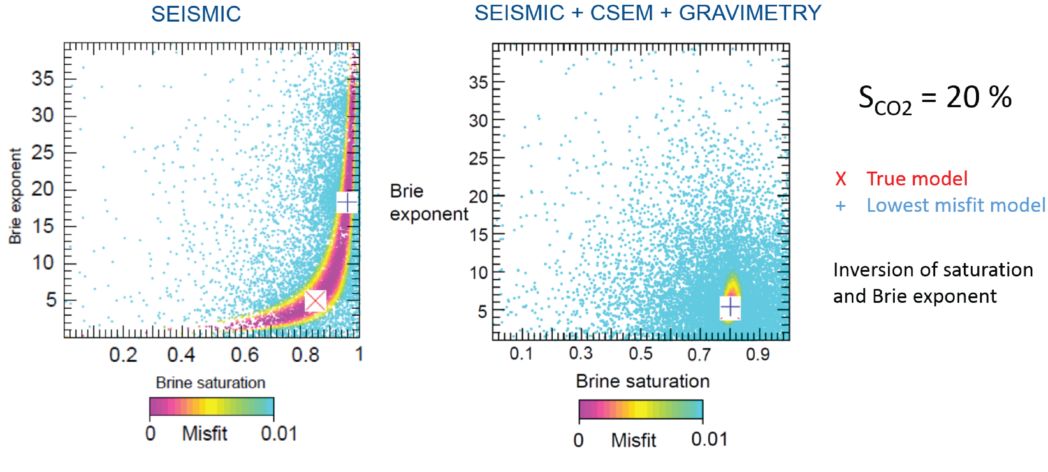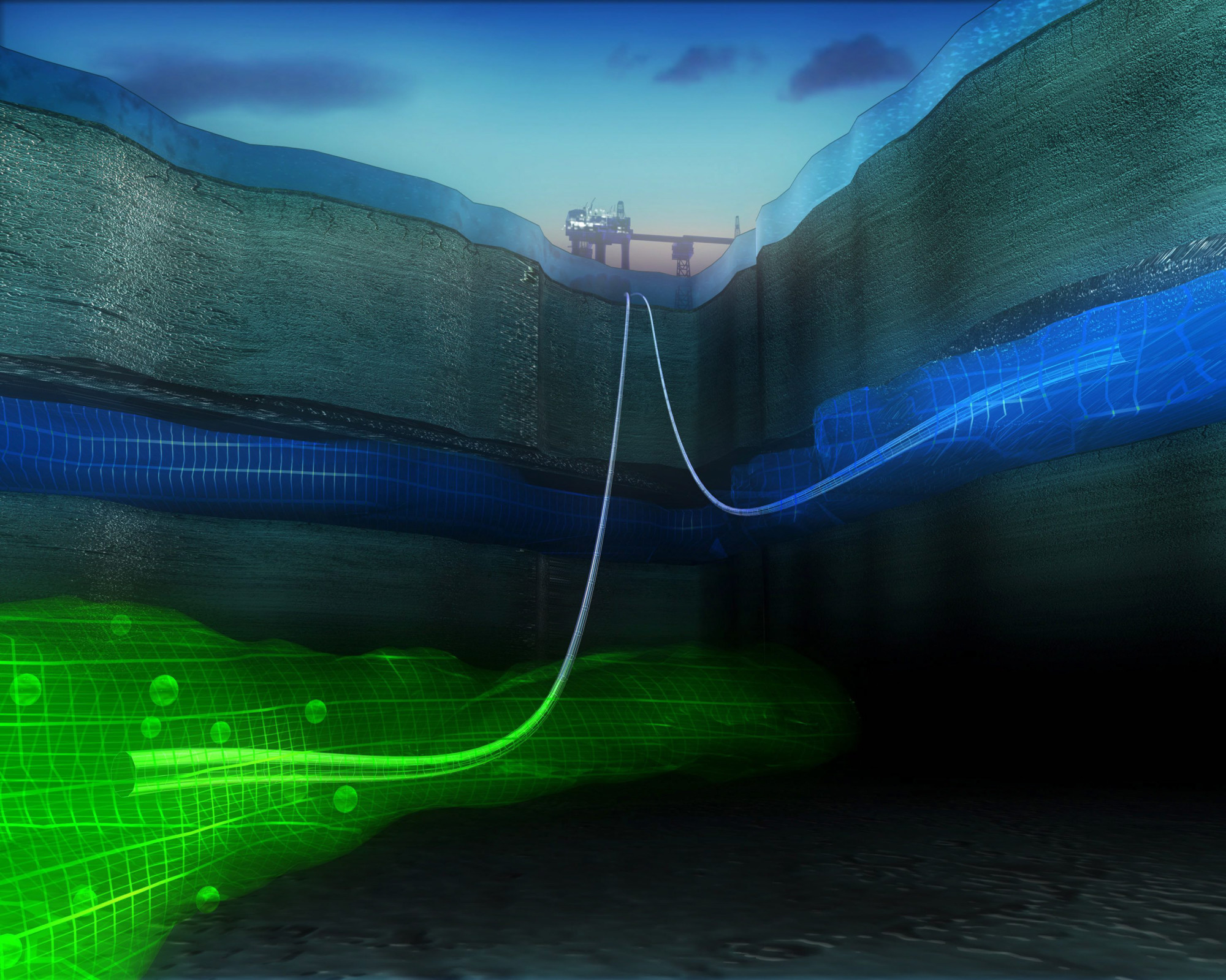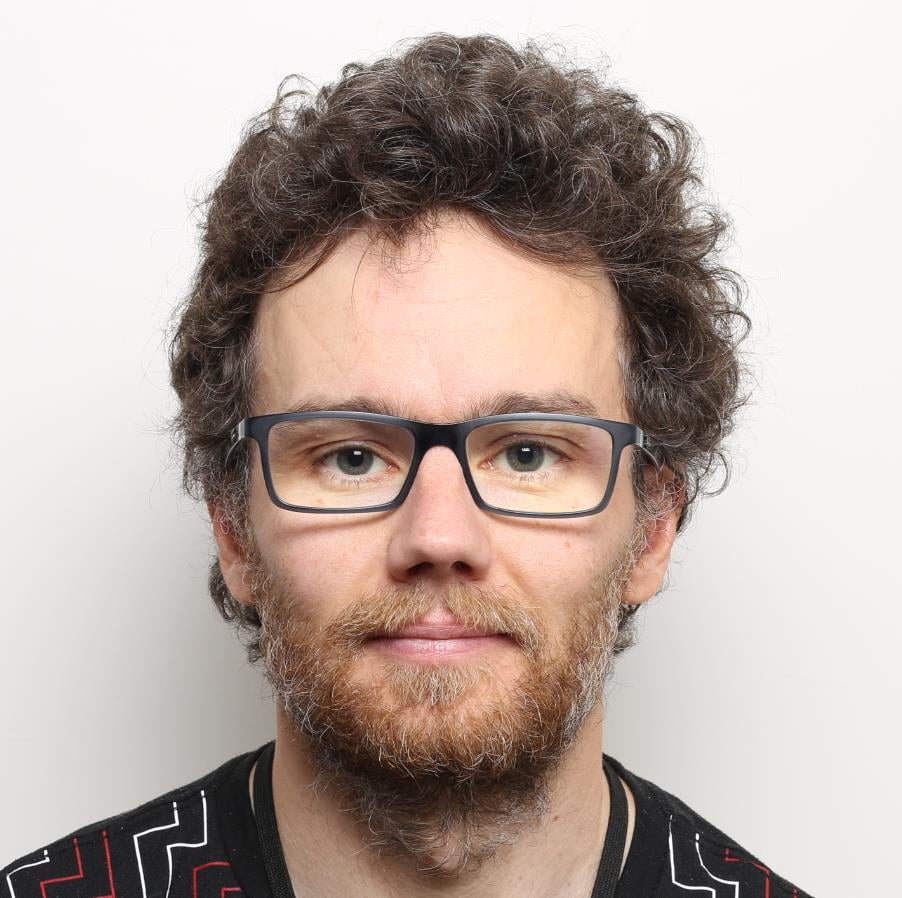Co-author: Anouar Romdhane
- This blog is based on the work of FME NCCS. Their 1st annual report is now ready and can be found here
CCS cost is limiting implementation
Implementation of large-scale CCS is currently mainly limited by cost aspects. The storage and monitoring are parts of the value chain where significant cost reduction is desired. However, the geological reservoir and seal are difficult to characterize and uncertainties may be large. In addition, monitoring, verification and accounting (MVA) of CO2 storage are legal requirements meant to ensure containment and conformance during the injection and after the site is closed.
Therefore, monitoring techniques, mainly based on 3D seismic surveys, are necessary, but expensive, and can require extensive processing. Task 12 in NCCS focuses on how to optimize the monitoring techniques to find the best compromise between cost, resolution and sensitivity in order to fulfil the MVA regulations at a minimal cost.
Quantitative monitoring for estimation of CO2 saturation
Estimation of quantitative properties such as CO2 saturation and pressure is vital to ensure containment and conformance, while combining different monitoring techniques in a smart way will allow minimization of monitoring costs.
The workflow developed by SINTEF researchers to estimate these properties have been first applied to Sleipner data. Sleipner is the world’s first CO2 injection site in the North Sea and extensive monitoring surveys have been carried out since the start of the injection in 1996.
The different vintages of seismic surveys have shown a clear signature of the injected CO2 in the sandstone reservoir. Using conventional seismic processing techniques allow to follow the spatial migration of the CO2 plume. However, the quantification of CO2 saturation and pressure requires advanced imaging techniques.
At SINTEF, a two-step approach is used,
- first deriving high resolution maps of geophysical properties, and then,
- a second inversion step calculating the properties of interest such as porosity, CO2 saturation or pore pressure.
The advantage of this approach is that the assessment of uncertainty can be integrated the uncertainties propagated until the final result.
The method provides an estimate of CO2 saturation in the whole reservoir. At Sleipner, in the Utsira sandstone, the CO2 is migrating upwards by buoyancy to the upper seal of the Nordland shales. Inside the reservoir, thin layers of shale are blocking the migration upwards and accumulations of CO2 under these thin layers are easily observable in the seismic images. The quantification of CO2 saturation gives values up to 90% of CO2. The rest of the porous medium is filled with brine, the original fluid present before CO2 injection. The pore pressure estimation is not relevant at Sleipner as the aquifer where the CO2 is injected is very large and the pressure build-up is negligible.
Value of information and choice of monitoring techniques
In addition to seismic surveys, other monitoring techniques, such as electromagnetic and gravity-based methods could be used for CO2 storage monitoring. These techniques usually have lower resolution but are very sensitive to fluid resistivity and density changes and could therefore be a good alternative to map CO2 migration and saturation. Currently, work is carried out by SINTEF researchers to combine these methods and seismic methods into the same quantitative workflow. This will constrain the monitoring results more and will reduce uncertainties in the obtained estimates.
The costs related to the different techniques are quite different, and even if seismic surveys are required to get good enough spatial resolution, gravity and electromagnetic surveys may be used in addition to allow less frequent seismic surveys. Using an advanced workflow based on the value of information concept will help to determine which techniques should be used with which time interval. Finding a clever way to quantify the value of information is crucial for discrimination between methods and optimization of the monitoring plan.
The two-step workflow is efficient and flexible
Quantitative monitoring techniques are required for proper conformance and containment verification, and in this context uncertainty should also be taken into account. The two-step workflow developed at SINTEF provides an efficient and flexible way of combining different monitoring techniques to achieve quantitative estimates of properties such as porosity, CO2 saturation and pore pressure. Furthermore, using the value of information concept will help to find a better compromise between cost, resolution and sensitivity of the different techniques and ultimately to optimize the monitoring plan.











Comments
Very interesting. Does SINTEF have a synthetic example of Seismic + Gravimetry only that it can share? The example given is for Sco2 of 20%; how would the results look for Sco2 of 10%? Can SINTEF provide a corresponding VOI example showing the value of Seismic only vs. he value of Seismic + Gravimetry?